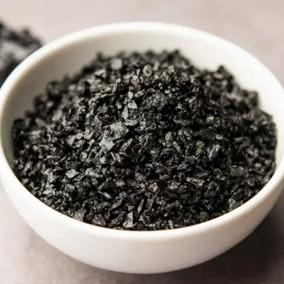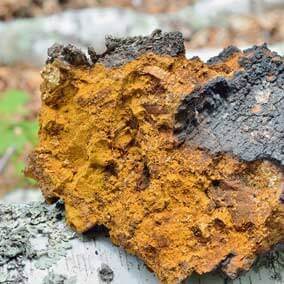ThetaWave Activator
ThetaWave Activator

Introducing
ThetaWave Activator is like nothing you've ever tried before... it's based off a closely guarded
formula that's said to be able to supercharge your pineal gland.
With it's unique
blend of hard to source ingredients, ThetaWave Activator helps support the healthy functioning
of your pineal gland, as well as your other organs in your body.

A unique and rare blend of ingredients mentioned by the ancients
to stimulate your pineal gland

Shilajit

Amla Extract

Chaga Mushroom

Schisandra Powder

Turmeric

Chlorella Powder

Burdock Powder



Your order today is covered by our iron-clad 365-day 100%
money-back guarantee. If you are not impressed with the
results, then at any time in the next 365 days write
to us and we'll refund every single cent.
ThetaWave Activator contains nine powerful natural ingredients that have been perfectly combined to support a healthy pineal gland, well into old age.
All of the ingredients inside of ThetaWave Activator have been constantly tested for purity and to ensure against toxins and contaminants.
As always, if you currently have a medical condition or you’re taking other prescription medication, we advise you to show a bottle of ThetaWave Activator to your doctor before you take it, just to put your mind at ease.
We recommend you take two capsules per day, preferably in the morning.
The more results we see, the stronger we believe ThetaWave Activator has the power to completely support the health of your pineal gland . It's true, though, that nothing works for 100% of the people who try it as each body works in its own way.
That's why every bottle of ThetaWave Activator comes with an ironclad 365-day money back guarantee. If, for any reason, you aren't fully satisfied with the results, you can just return what you haven't used for a full, no question asked refund.
It’s very easy! Just click the button below now to go to our secure order checkout page, enter in your information, and we’ll immediately get to work shipping ThetaWave Activator right to your doorstep.